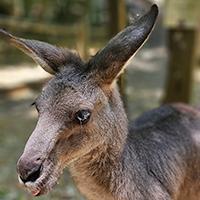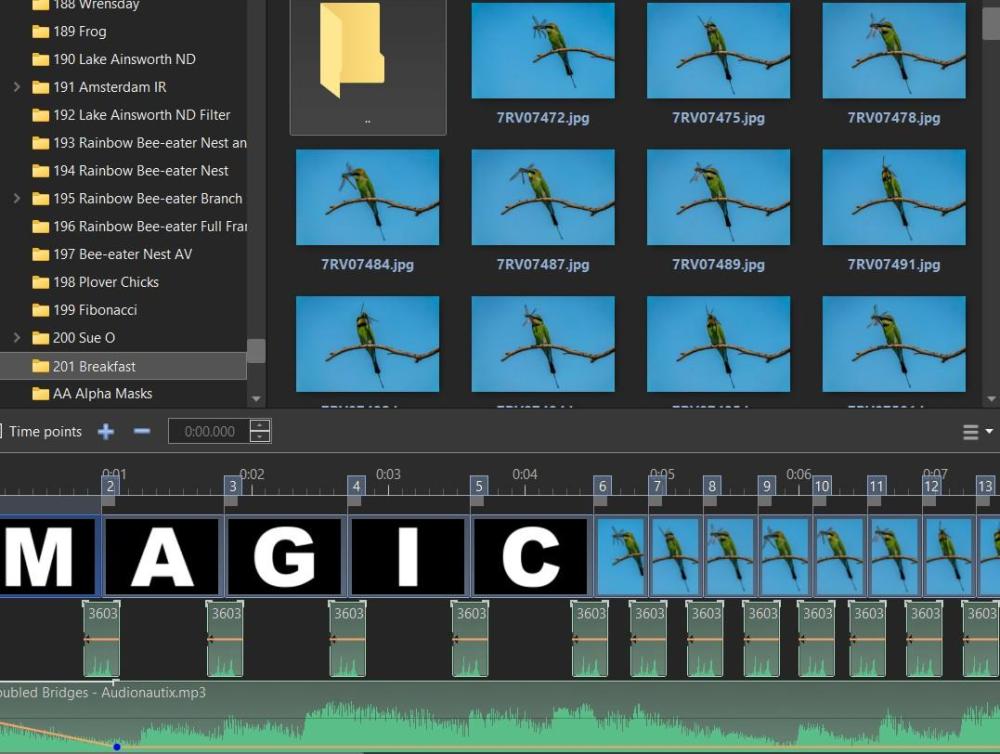-
Posts
279 -
Joined
-
Last visited
-
Days Won
55
About digartal
- Birthday 01/02/1958
Contact Methods
-
Website URL
www.markd.au
Profile Information
-
Gender
Male
-
Location
Ballina, Australia
-
Interests
All forms of photography, drone, video, infrared, Av's and much more forms of photography.
Recent Profile Visitors
The recent visitors block is disabled and is not being shown to other users.
digartal's Achievements

Senior Member (4/6)
-
Hi Jeff Meant to reply earlier but I am now just back in front of my main PC. Music is extremely difficult to select for me as most of my "style" of music has copyright attached and YouTube and other platforms do not allow it ot be shared. I am not a hge music giru so maybe that is why I struggle. There are numerous free music resources, including Eric Matyas It is challenging as often I find that the music I select is not necessarily what others would have chosen. Once I had the idea of selecting music first then making the AV but that did not work either. I have come to the conculsion that some music is better than none so just keep experimenting. Enjoy your AV journey. Mark
-
Nice work, thanks for sharing.
-

Merry Christmas Slideshow ID 13122025
digartal replied to Bad Dancer's topic in Slideshows & AV Shows
Hi Thanks for sharing this with Forum members. Here is my version of the template with best wishes for a safe and happy Christmas with a prosperous and peaceful 2026 Mark and Geraldine. -
Thanks John - appreciate your feedback. I do normally fade the audio but it must have been missed when I swapped it out. The next version does have a fade. Except for about 6 weeks in Europe, most are within a 2-hour drive of where I live. I'm not sure that names of those places would mean anything to most in this group, but I will investigate for the next version to include on images from Europe. The music has changed for the next one. It is different and not necessarily better. Back to editing. Mark
-
Even what I have been told is copyright free has been banned by YouTube and Vimeo is the same. The only exception is FB which you need to share on their platform. I have changed the start in V3 and done a little editing of the images. I am also working on a "Bird Year Story". Thanks again Mark
-
The 360-degree imagery requires a special application to make the videos which can then be further edited in PTE AV Studio. The original 360degree video cannot be edited directly in PTE. Glad you enjoyed them Mark
-
360 degree images are what they call equirectangular (2:1 aspect ratio). In this instance they were captured with a dual fisheye camera for ease. The area I live in is just 2 hours from Brisbane and right on the coast of the Pacific Ocean so I have nature around me and the city not far away. Thank you.
-
Thank you.
-
Thanks Alex,the final version may not change that much. Interesting comment about the music, I thought it was very quirky and suitable and was not looking to change it - mainly images. Music is much more personal than images and takes more time to select for me. Obviously, copyright is not an issue with the images but most "popular" music has associated copyright. Maybe I will give this more thought in the final version. Thanks again for commenting and making me think. Mark
-

Merry Christmas Slideshow ID 13122025
digartal replied to Bad Dancer's topic in Slideshows & AV Shows
Thanks for sharing this - very well done animations. I am more of a photographer that makes AV's than a digital creator that makes presentation but I can appreiate the work in creating this. Thank you again for sharing. Mark -
Hello everyone Best wishes for a safe and happy Christmas and a wonderful New Year. I have started creating an AV of my travels this year. I was aiming for one photo per week but did not quite achieve my goal. Most weeks I take hundreds if not thousands of photos depending on location and subject. I spent 6 weeks in Europe in April - June, so there are a few more from this trip to the other side of the world. The images are captured on a mirrorless camera, drone, mobile camera/phone and 360 camera. This may not be the final AV but it will be very close. Cheers Mark
-

Slide duration after applying style/theme
digartal replied to SeismicGuy's topic in Styles & Templates
Hello I am by no means an expert or Advanced User as I tend to do the same thing all the time and omly make AV's of my images. One thing that I found was that if I deleted the image from the "Timeline" tab, the slide time was altered automatically. If you deleted it from the "Slides" tab and had unlinked, you could manually adjust the slide and audio timing. Hope this helps. Mark -
Fabulous, great show, very well done. Best wishes to you and your family for safe, happy and festive Christmas. Mark
-
I created a slideshow for a group I am Admin for that use the letters "MAGIC" at the beginning - see screenshot. For another AV, I now want to save another version of this show without the first 5 images and the audio files on the first timeline. I can change or edit the audio file on the second timeline more easily. From memory I remember there was a way to remove the audio file and images without affecting the timing of the other slides? I have looked at some options in the Project Options Tab but there has been no success. Thanks in advance. Mark




